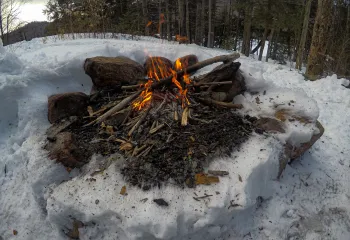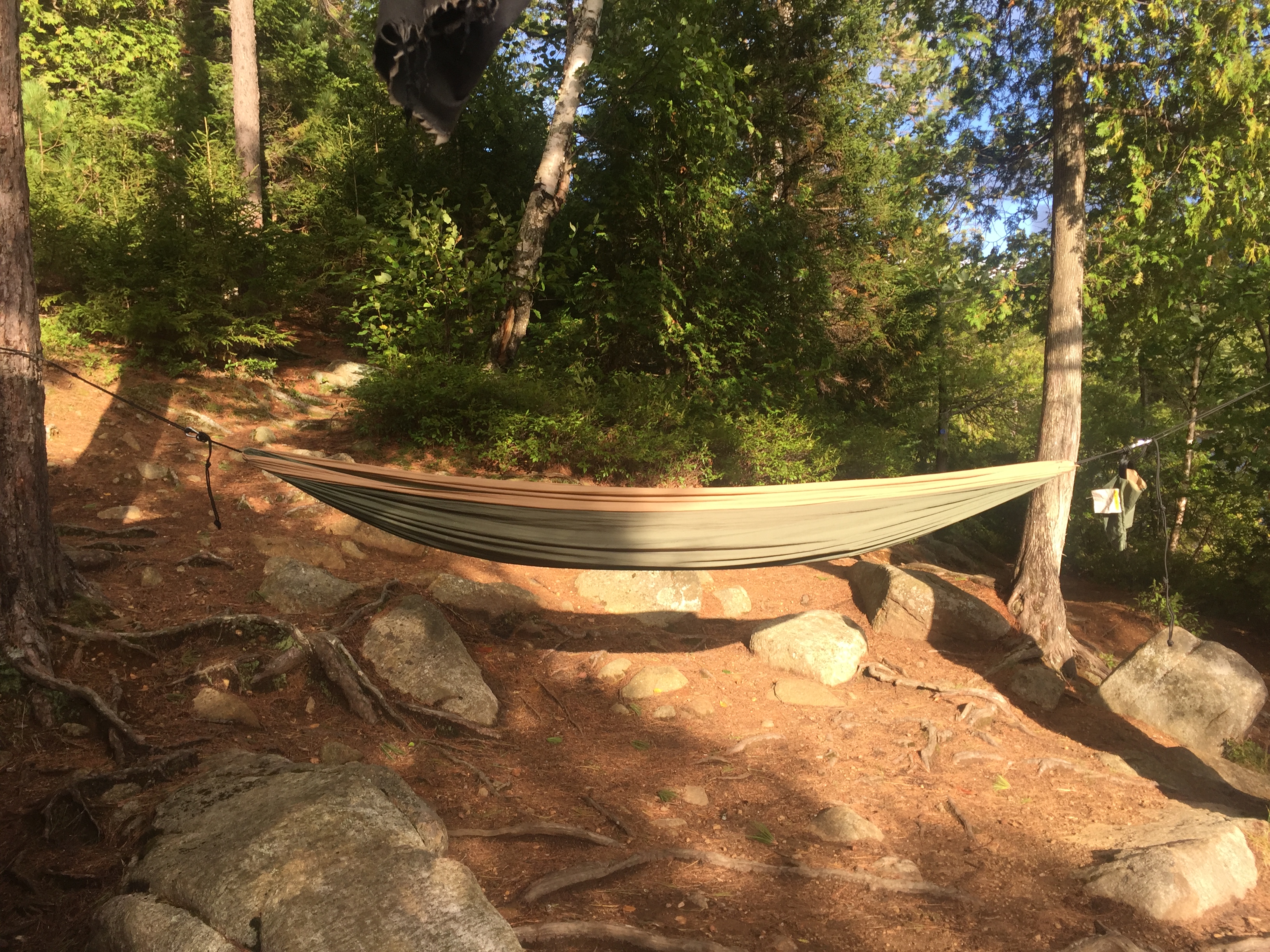
After a steep half-mile up the densely wooded trail, still soft from the early morning rain, I found myself at a sign directing me to the Copperas Pond lean-to. I was meeting my friends — Erin, Arthur, and their dog Roma — at the lean-to where they had been camping at since yesterday. I carried the basic camping necessities on my back, save for a tent, as I rounded the glistening Copperas Pond on a cloudy but balmy day in early September, which I would argue is one of the most underrated times to camp in the Adirondacks.
Copperas Pond in the Whiteface Region is special for a few reasons; it is a fairly easy hike to blissful seclusion on the shores of a pretty pond with up-close views of the Sentinel Range. The Adirondack lean-to is a coveted spot right on the pond’s rocky shore, and like all lean-tos its first come, first served. The traditional Adirondack lean-to is a free-standing shelter of three sides, constructed of logs or unfinished wood, with a sloping roof.
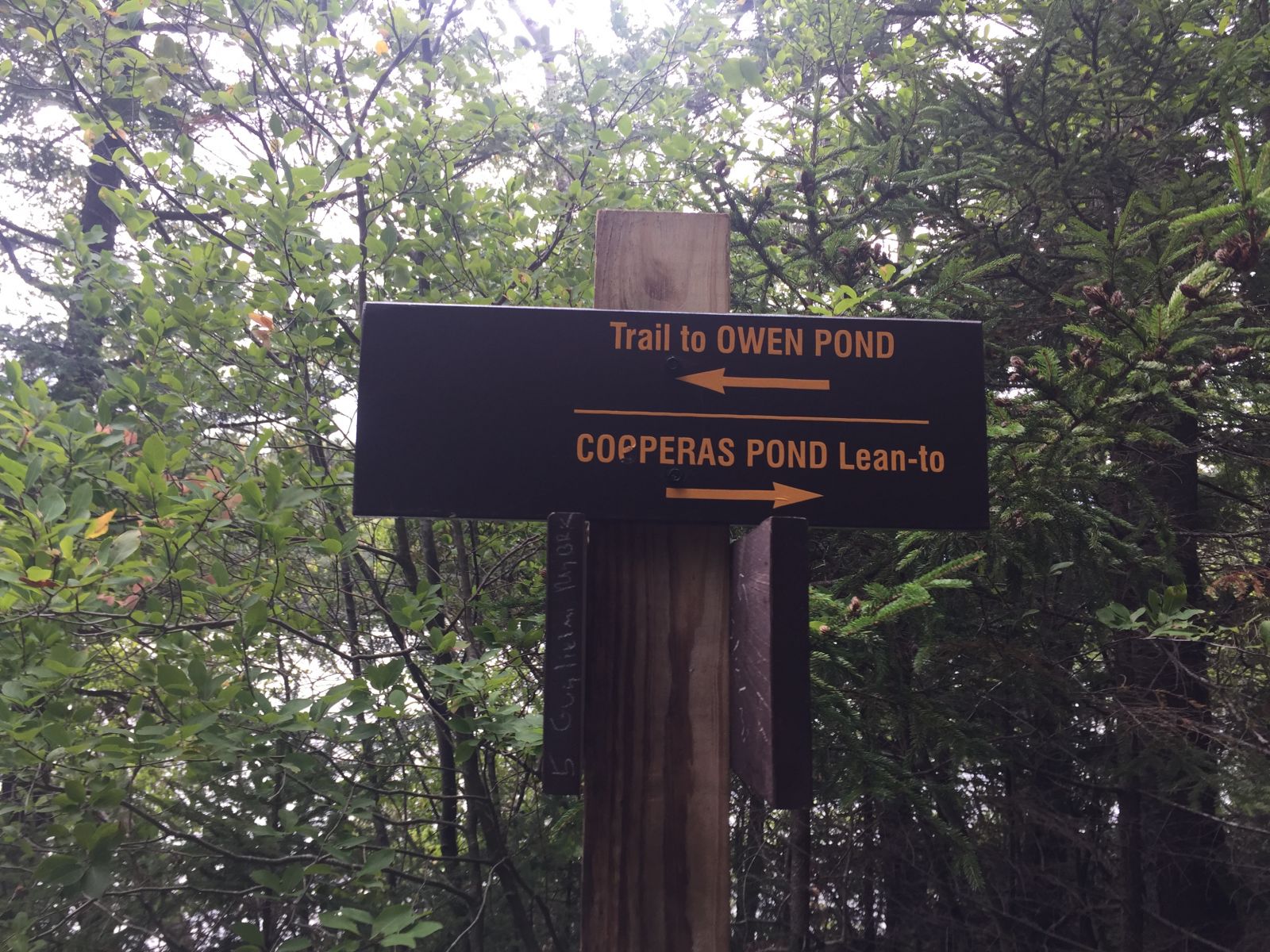
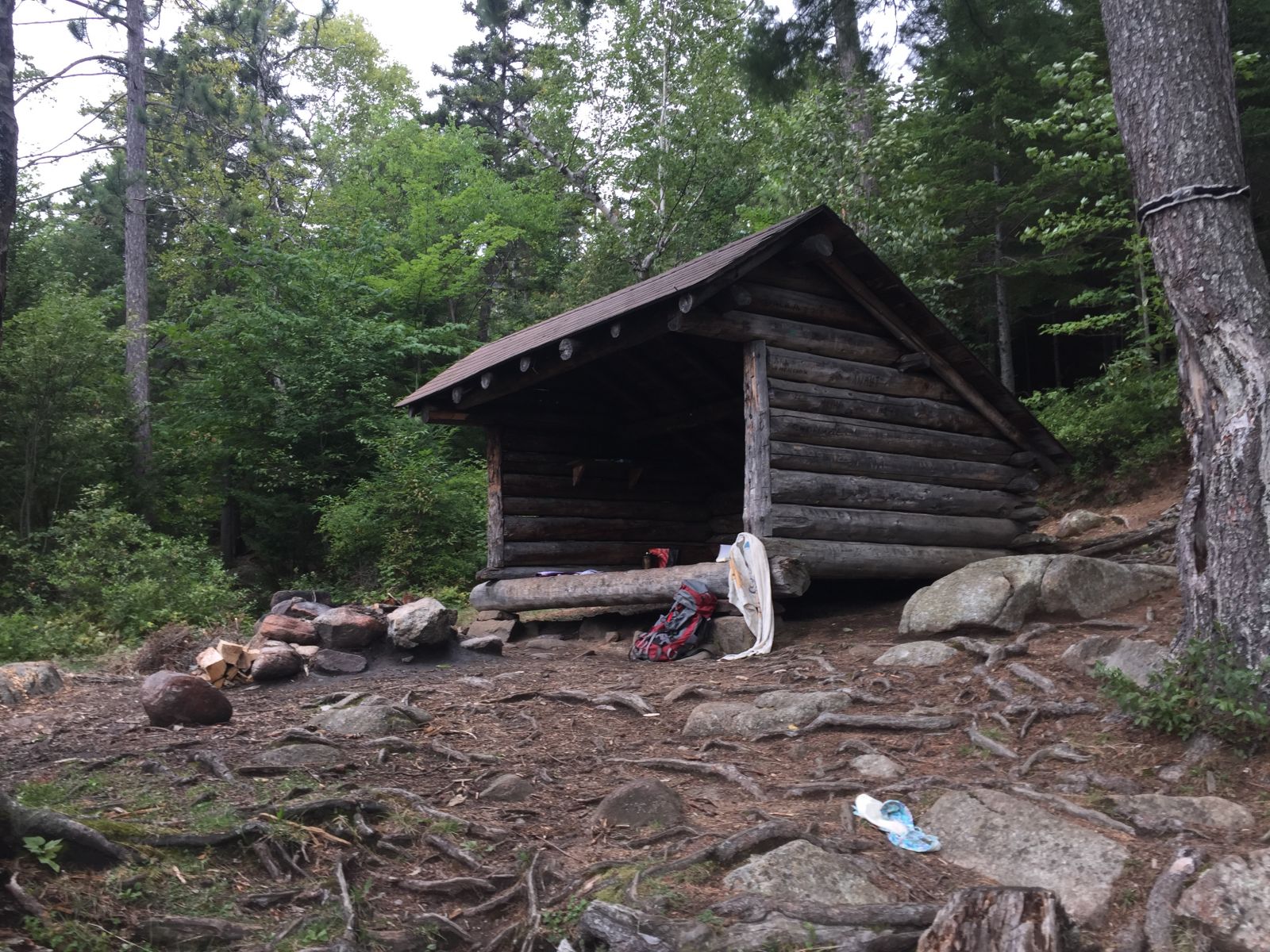
These shelters with one open side are situated to protect from wind and rain. They are perfect to camp in when the nights turn cold or if there's an early morning downpour. We each brought a sleeping bag and warm blankets. Fall in the Adirondacks — stunningly beautiful with mountains adorned in brilliant color, reflecting off the smooth surface of lakes — can be a wild variation between hot, sunny days to wet, cold evenings.
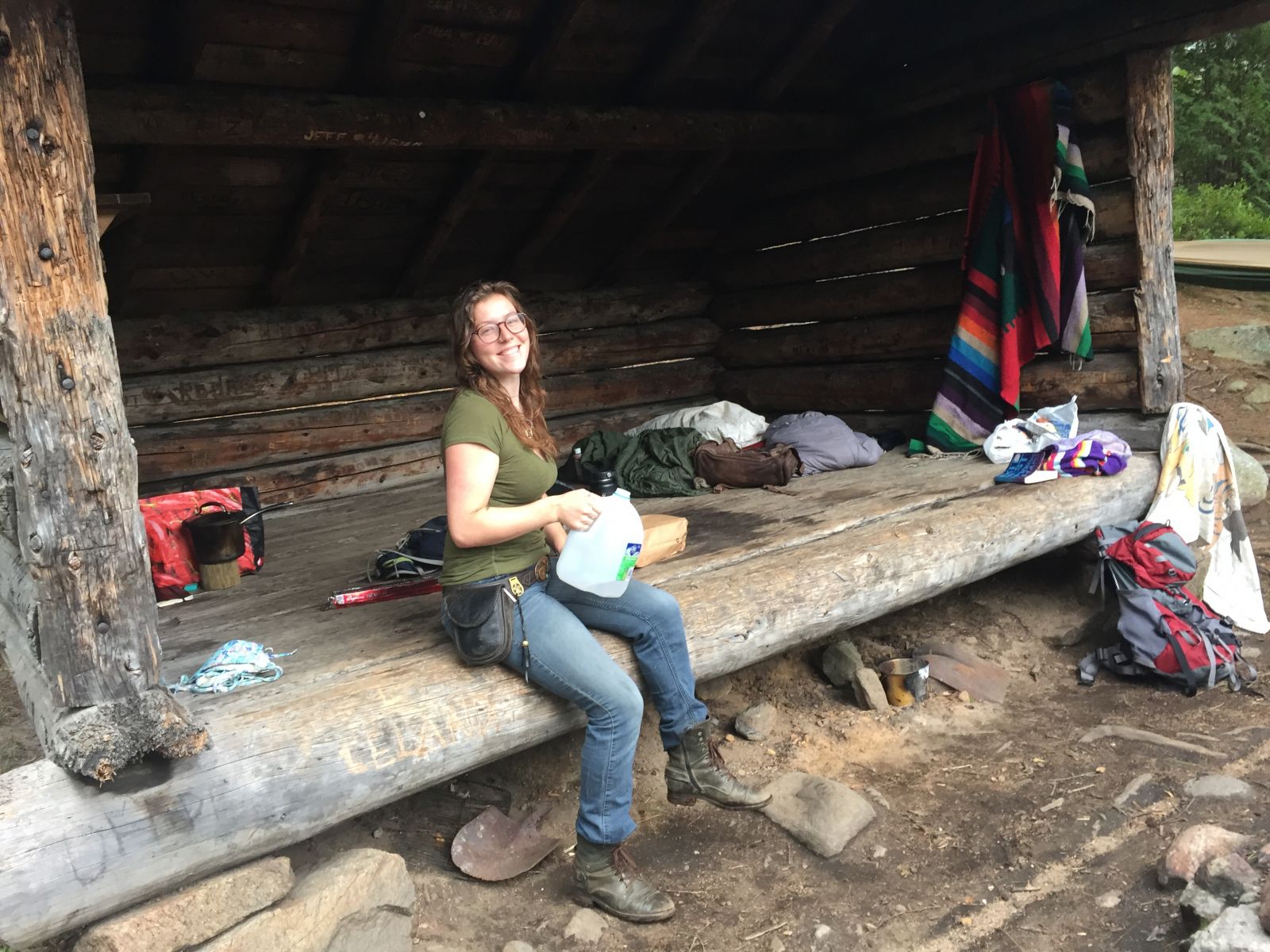
Lean-to camping can be easier than tent camping, but still requires the right supplies. We had warm clothing and bedding, and enough food and water to last two days. We each had a headlamp. Arthur and Erin had a set of knives, a cooking pot, silverware, a bag for garbage, a trowel, and some toilet paper. Visitors sometimes leave behind supplies — a grate for cooking on the fire, unused firewood. Erin is reading from the journal where visitors leave missives of all kinds. We found out that there was a bear sighting early summer. Bears are generally not a problem in this area, but campers should still protect their food by putting it in a bear cannister.
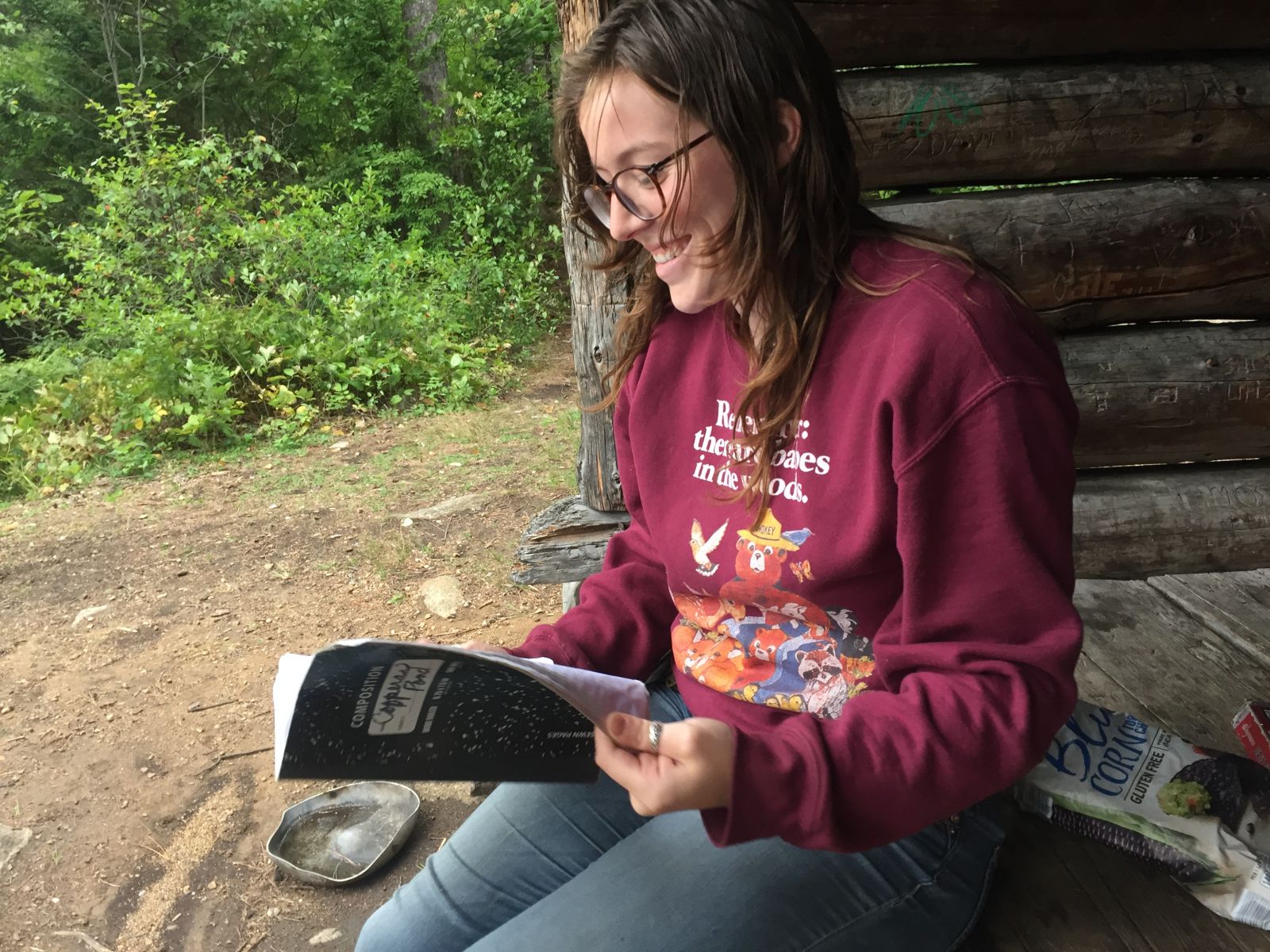
Arthur started the fire before he went for a late afternoon dip.
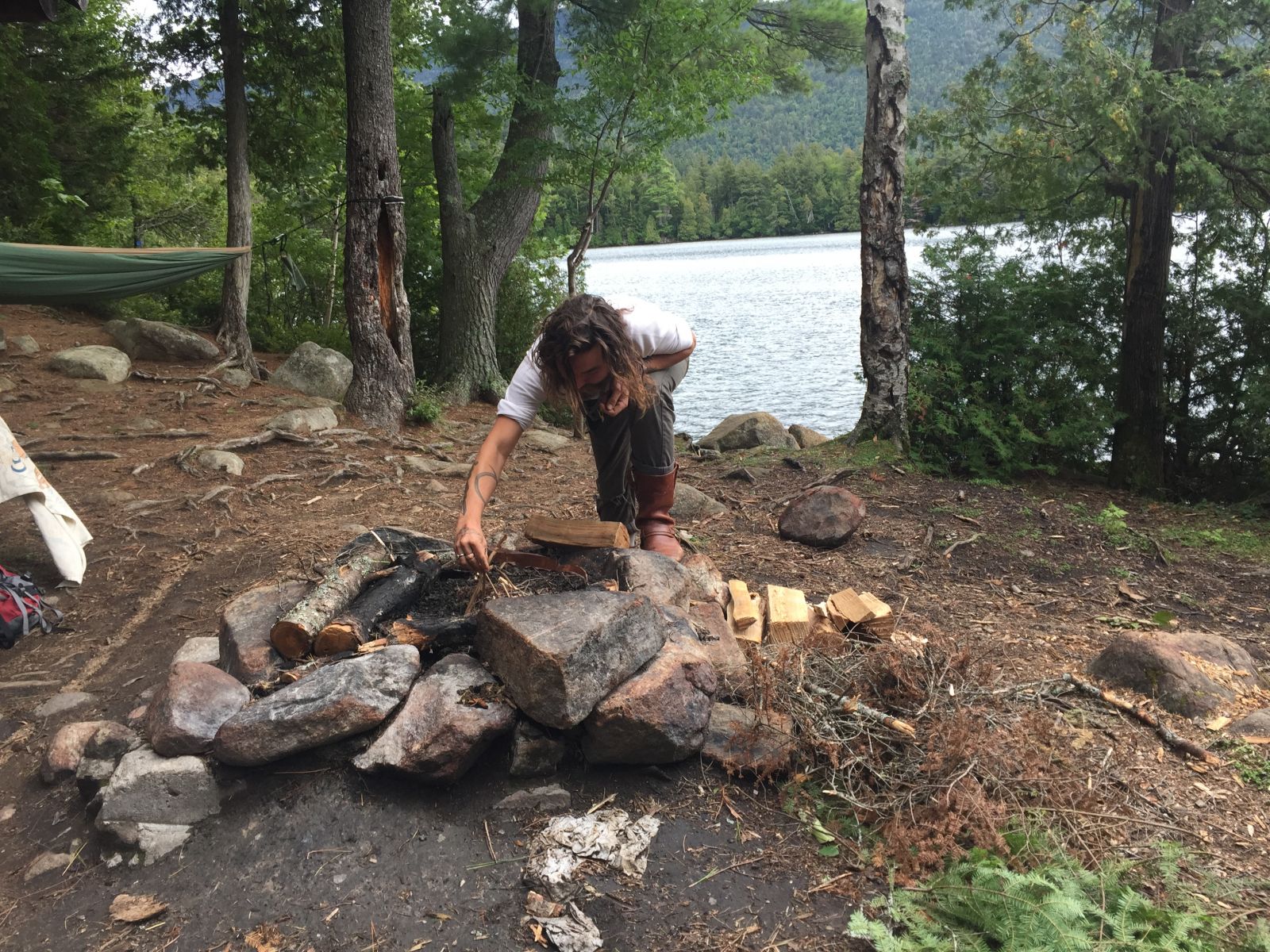
The pond is perfect for swimming and a great location to hike the loop that includes Owen and Winch ponds.
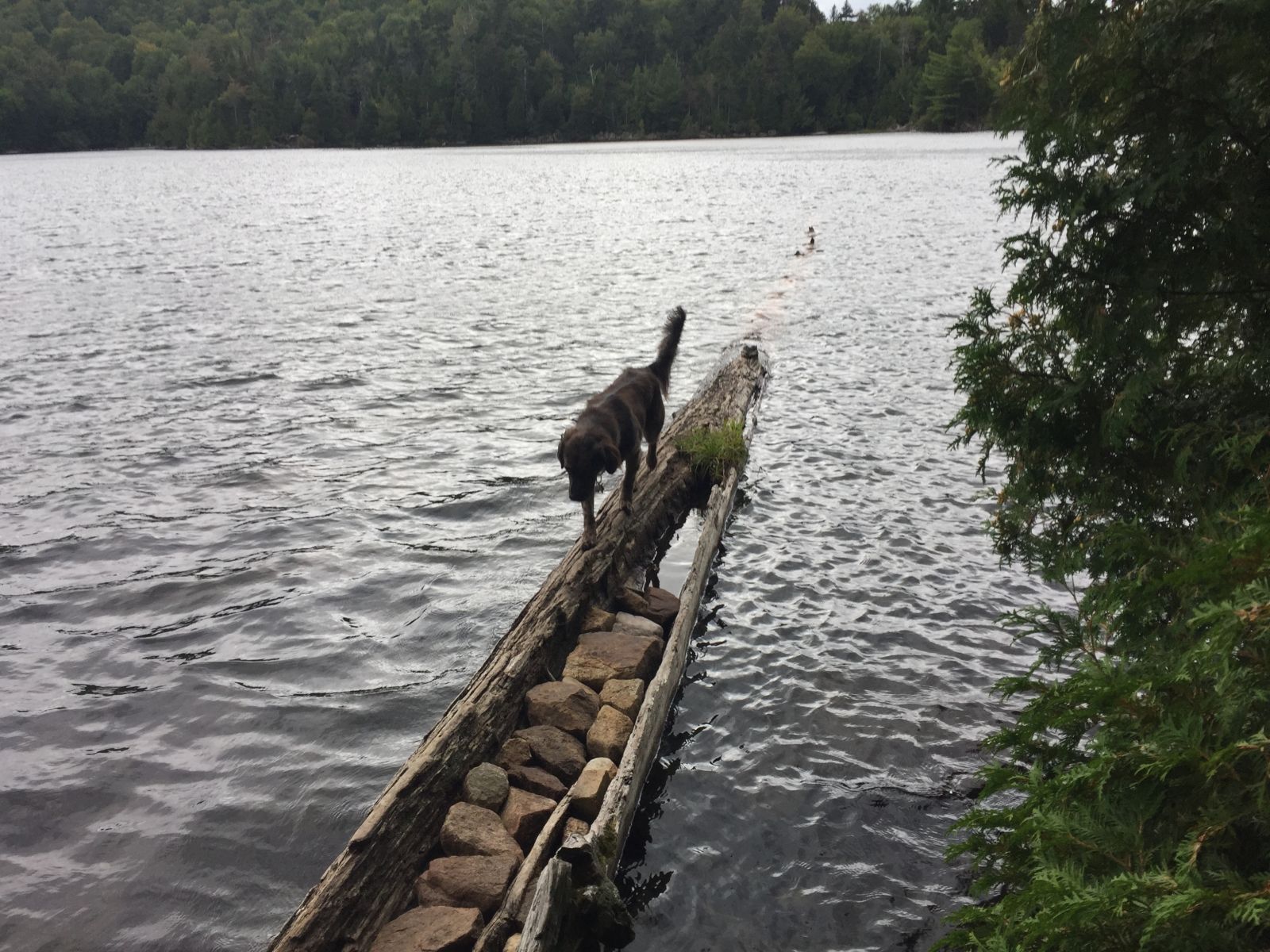
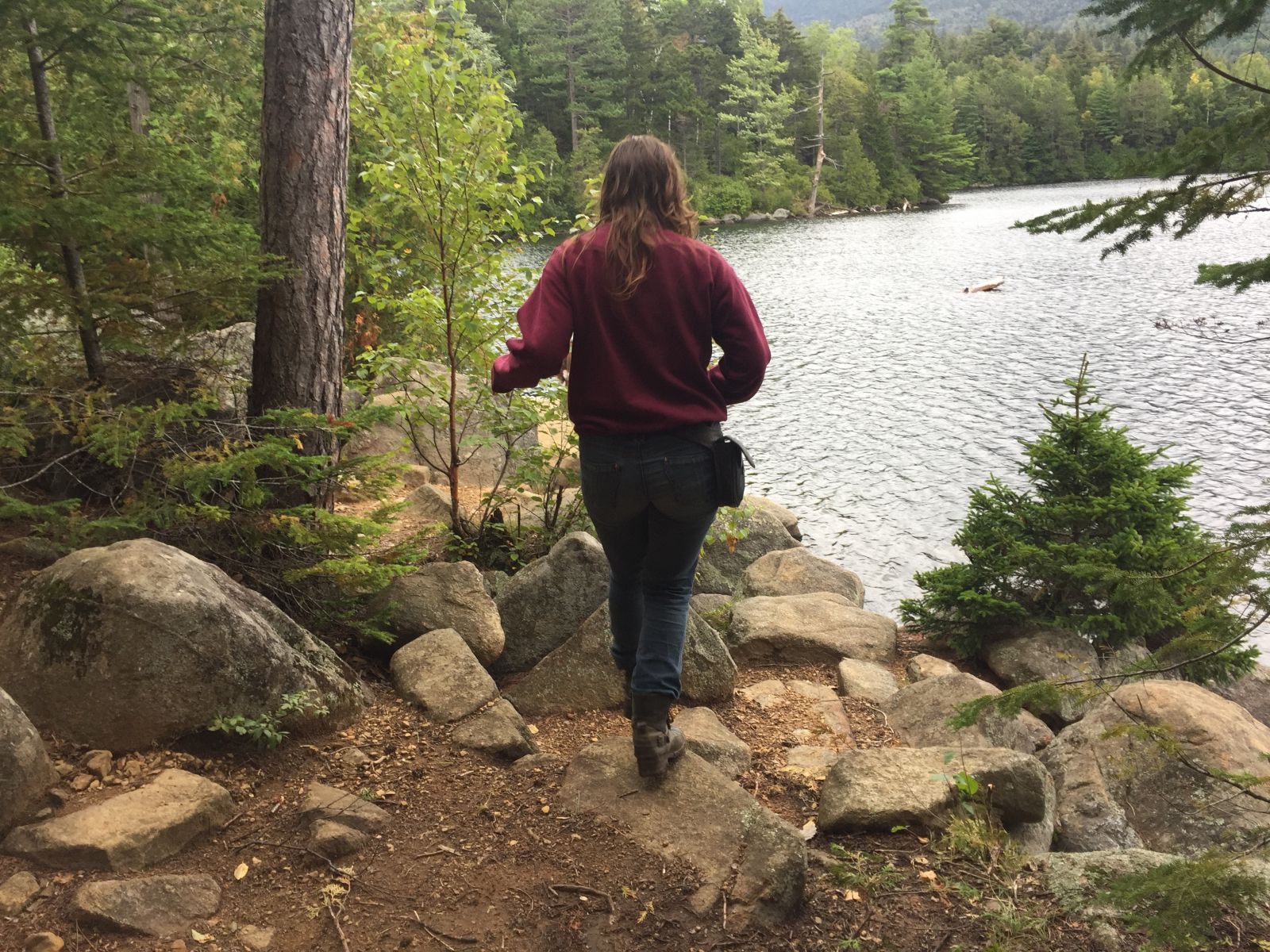
The 450-foot elevation gain and surrounding forest is enough to make one feel like she's atop a mountain, despite being only a half-mile from the nearest road. Along the shores of Copperas Pond are great jumping-off rocks for swimming, or there’s easy access to wade into the water.

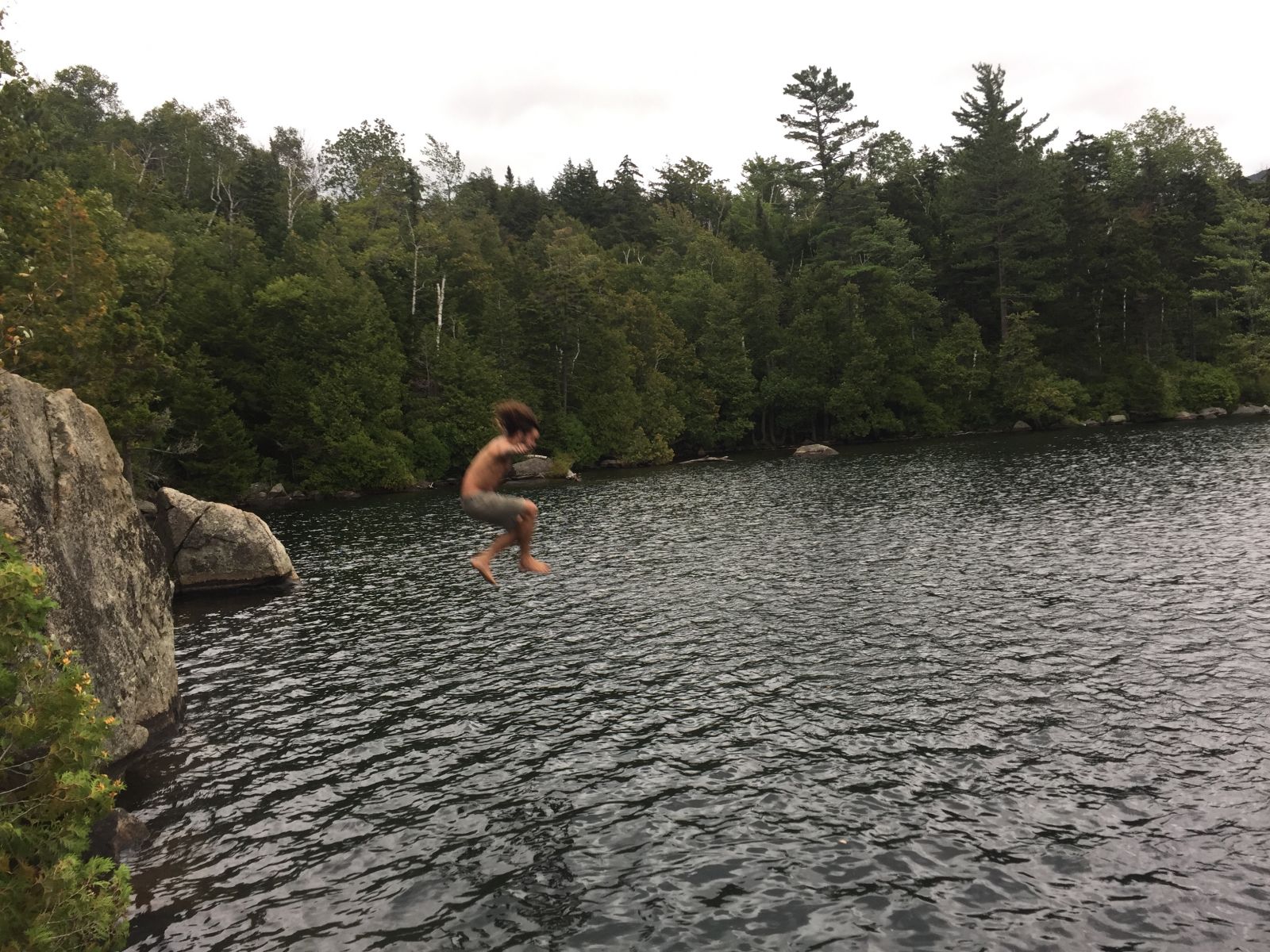
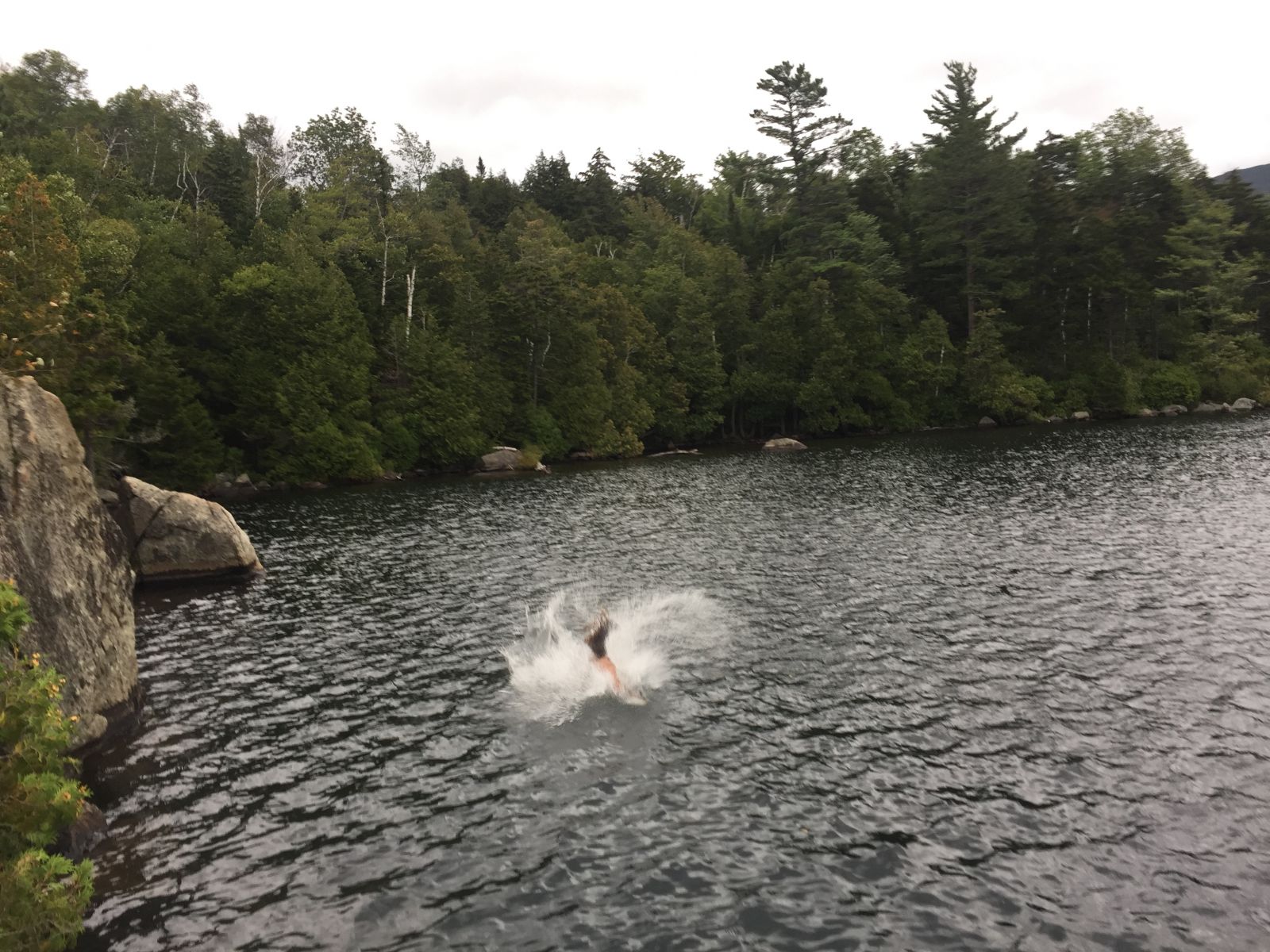
The heaviest item I carried in was firewood. It had rained the day before so we had to stock up on some dry wood.
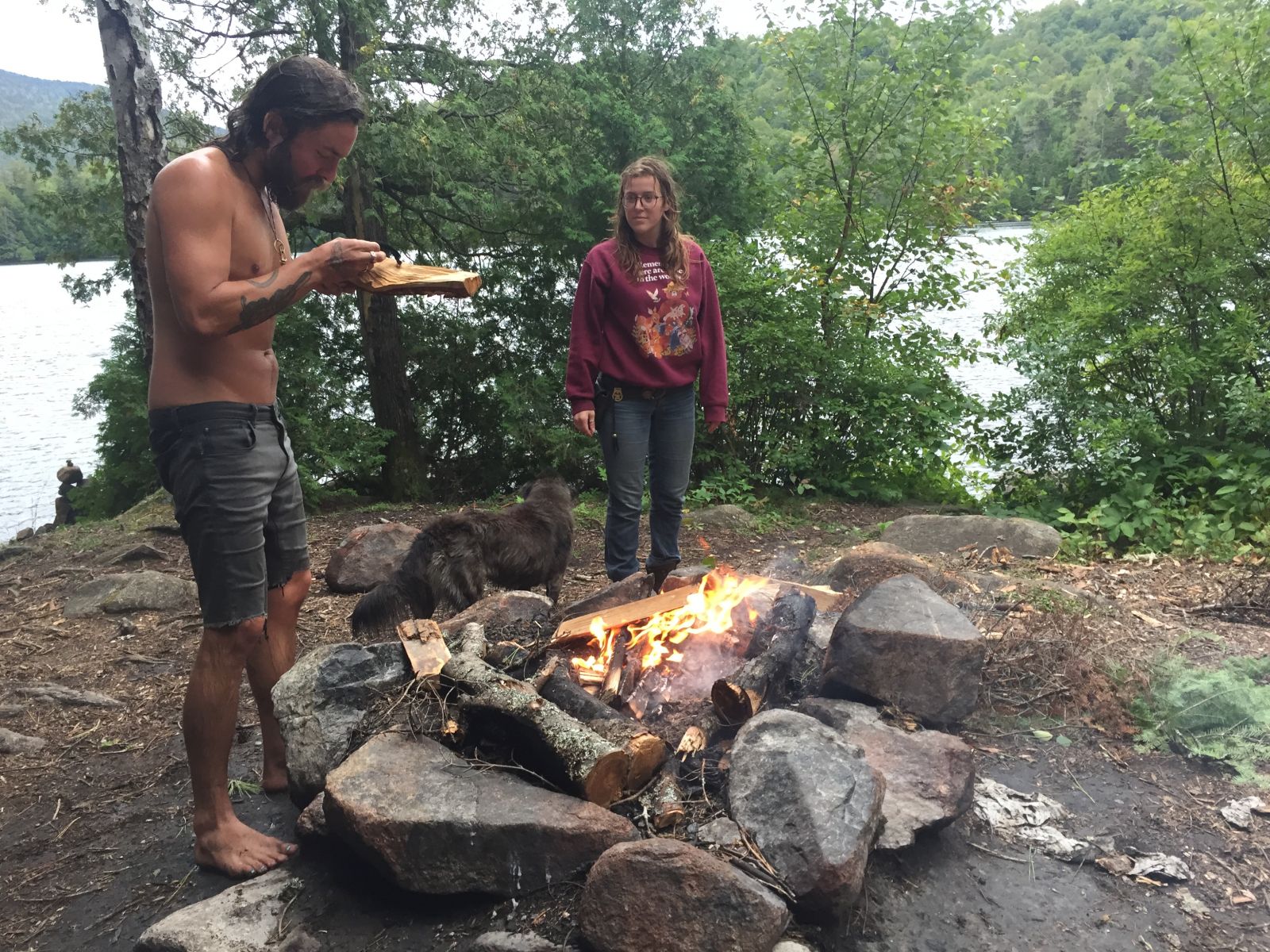
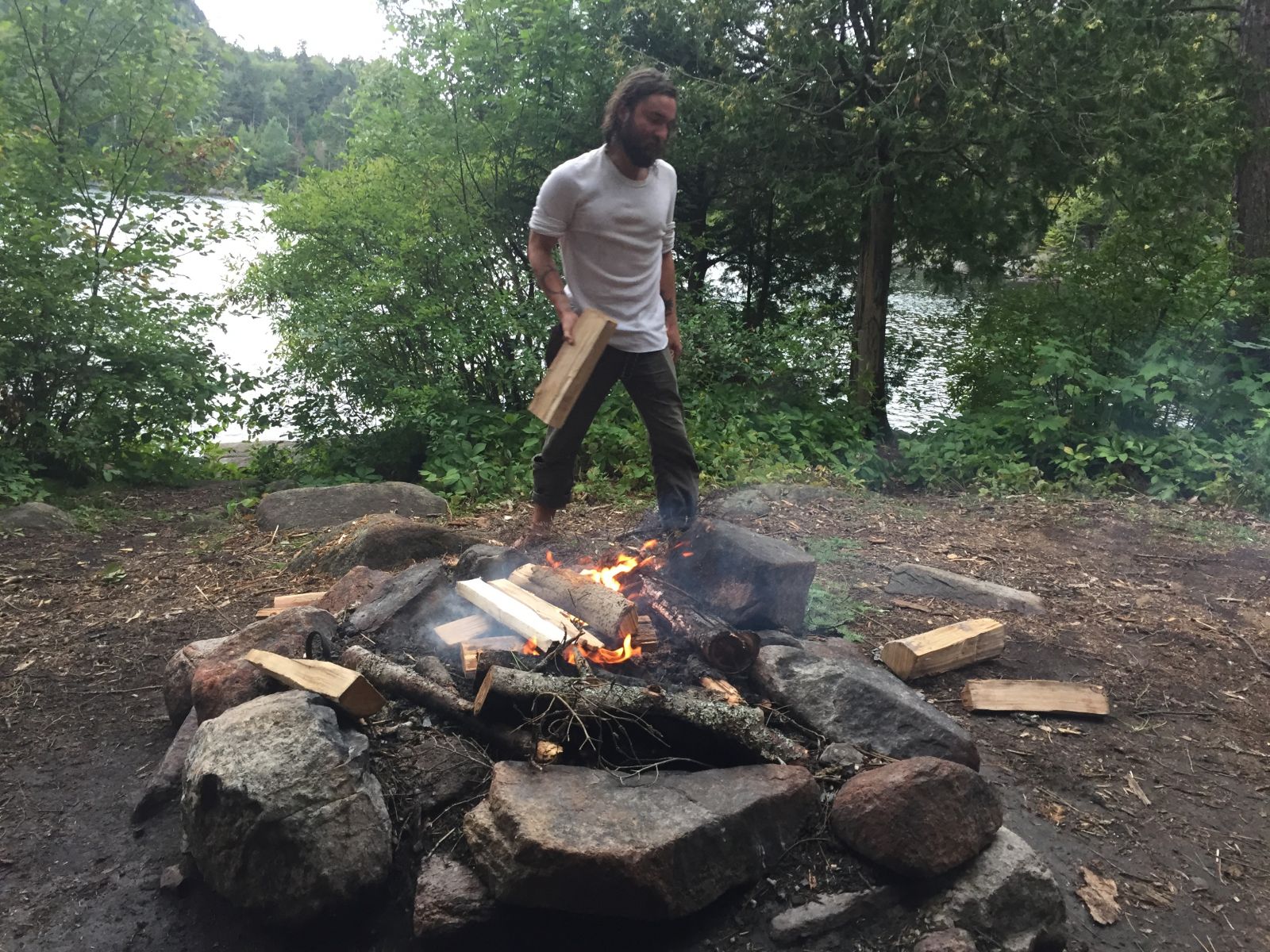
We started preparing dinner around 6 p.m., a few hours before sunset. I brought foil wraps, which consisted of potatoes, sweet corn, green beans, and tempeh doused in olive oil and spices all wrapped into foil. We threw each wrap on to the grate and could use our hands to safely pick up the wraps at each end, avoiding the flames.
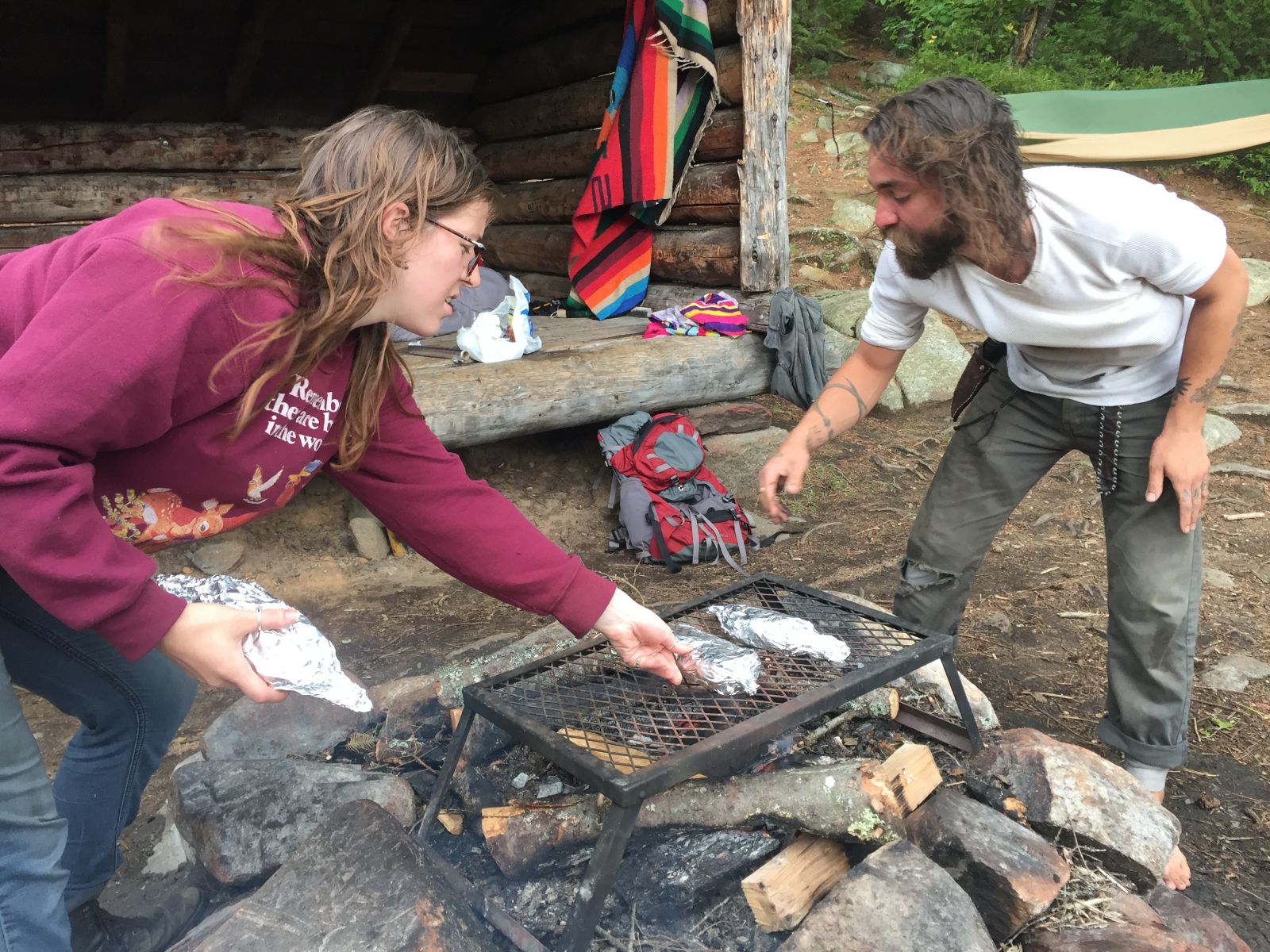
The days camping go by surprisingly fast. We found ourselves on schedule with the sun, waking with its rising and cozying up to sleep shortly after its sunset. Just before dusk the sun reappeared between the clouds. Copperas is a place where all ages, and dogs, can enjoy camping because each site, even if you don’t land the lean-to, is enclosed in woods and offers privacy.
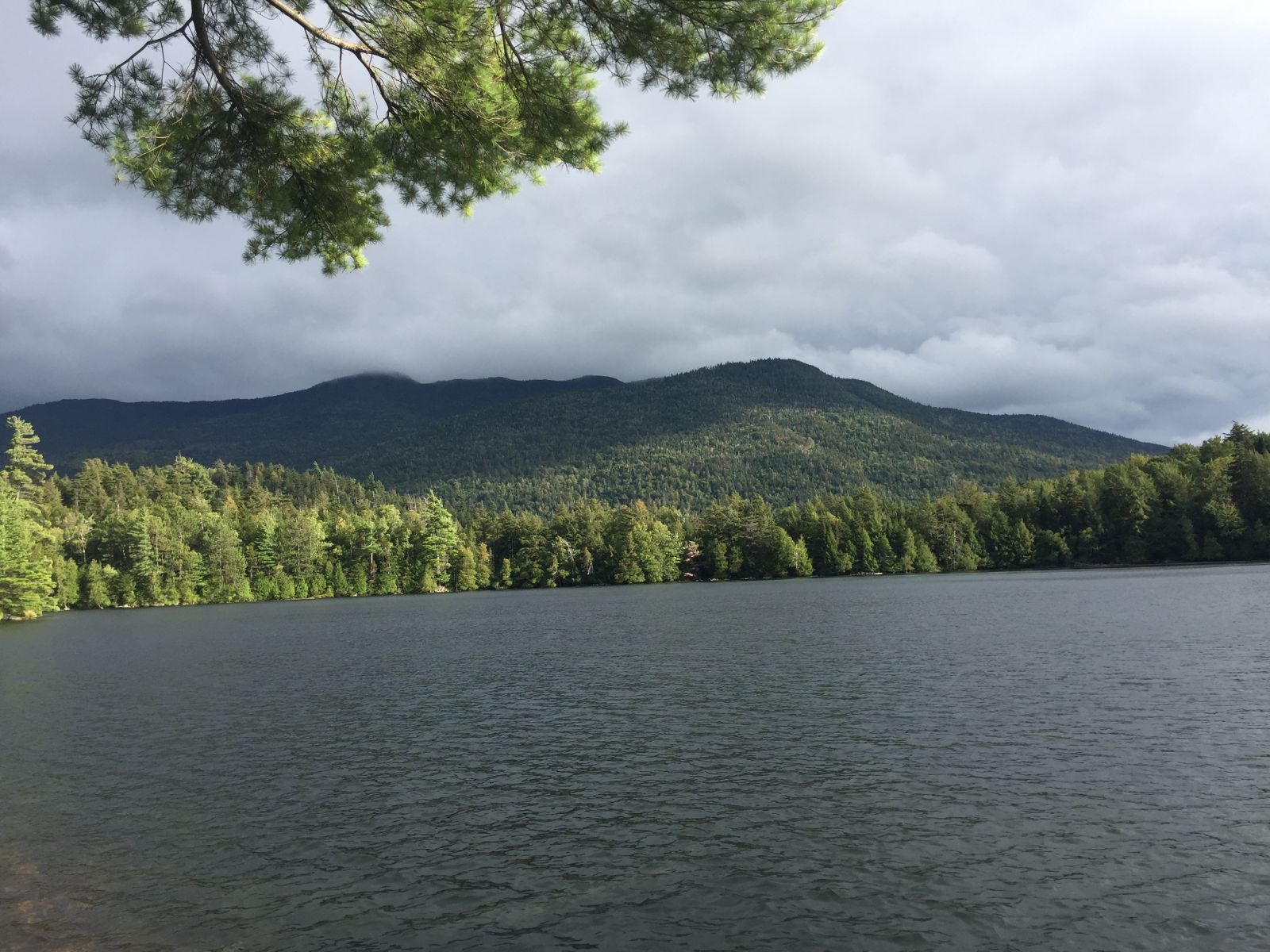
Dinner was ready as the sun was shining brightly and slipping closer to the horizon. The evening air chilled as we ate and prepared to sit around the fire, waiting for the stars.
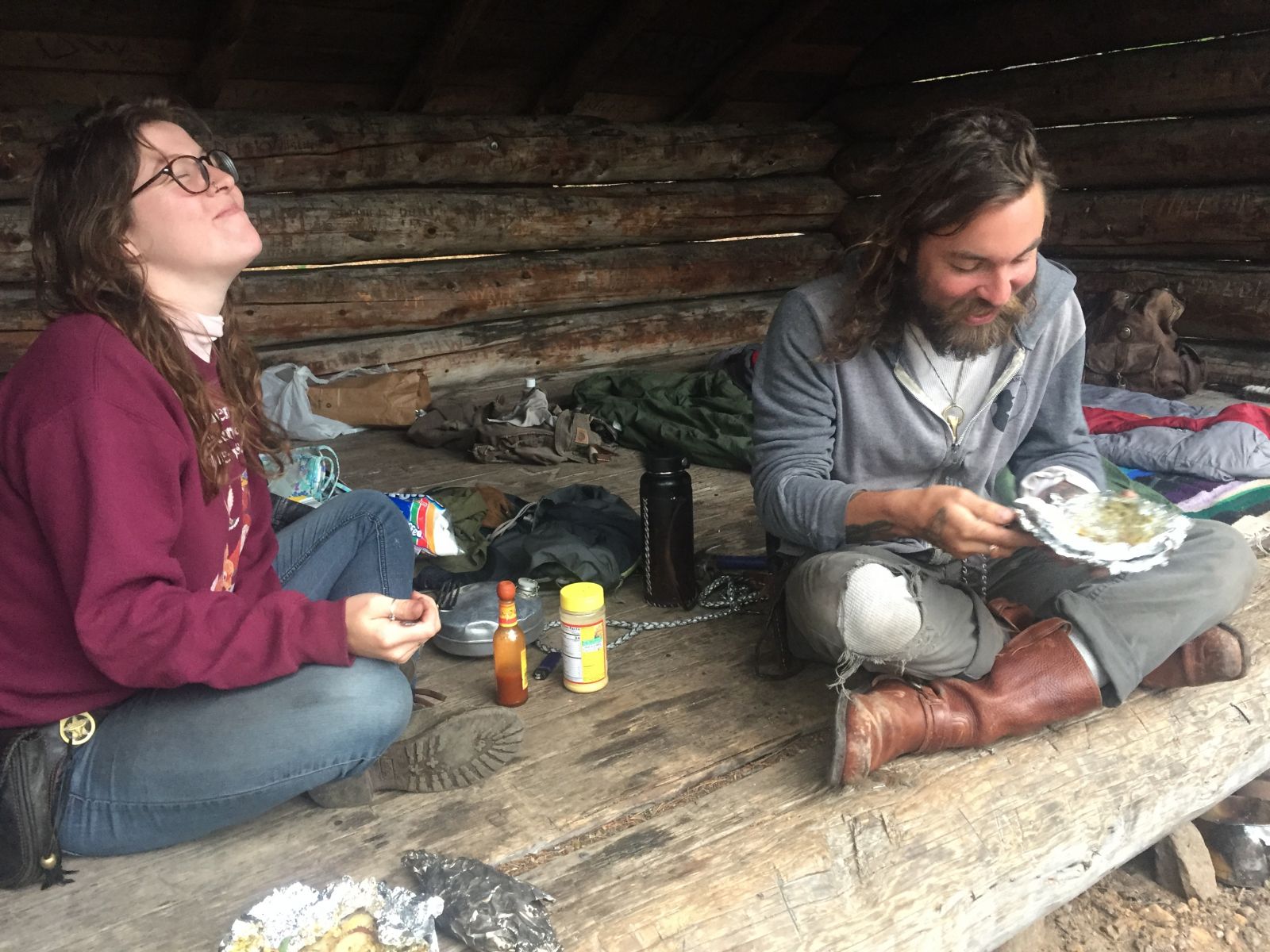
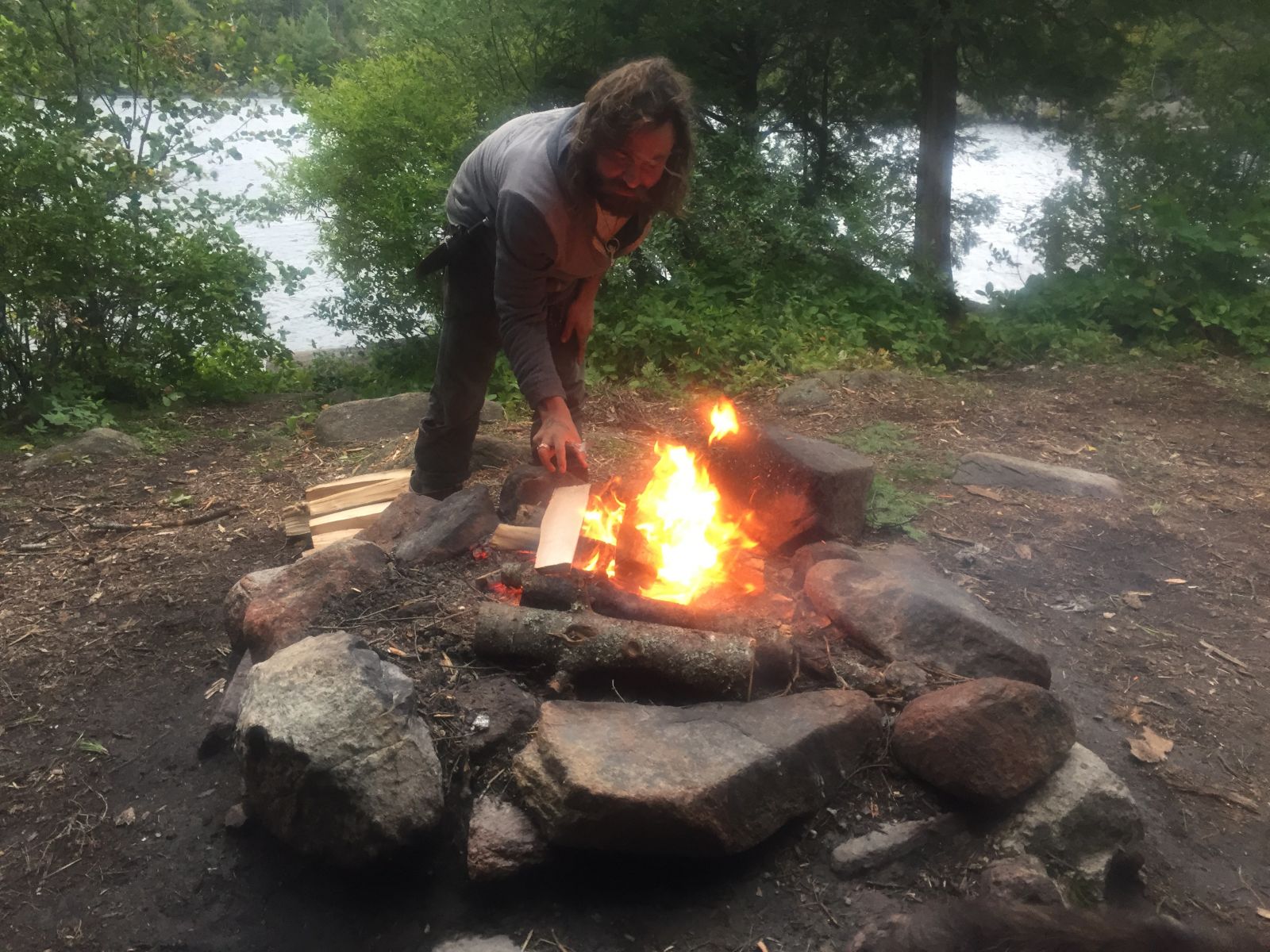
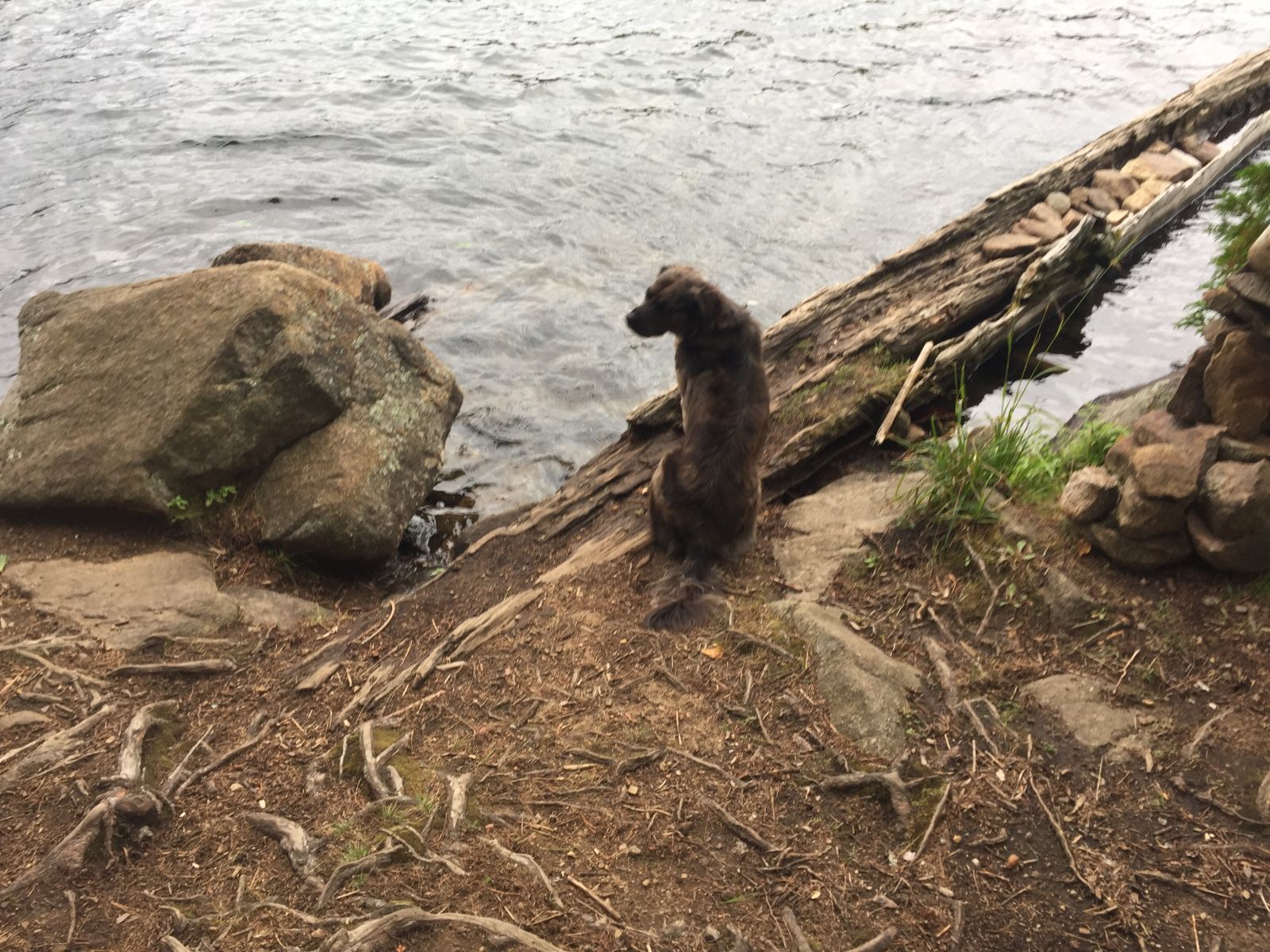
Getting there: From Lake Placid, follow Route 86 east toward Wilmington and Whiteface Mountain. About 6 miles from downtown, you will see a sign for Copperas Pond on the right side of the road. The trailhead will be on the right with a pull-off for parking on the left side of the road.
This week in ADK news:
Stargazer's Guide to Tupper Lake
Hamilton County Fall Events Lineup



